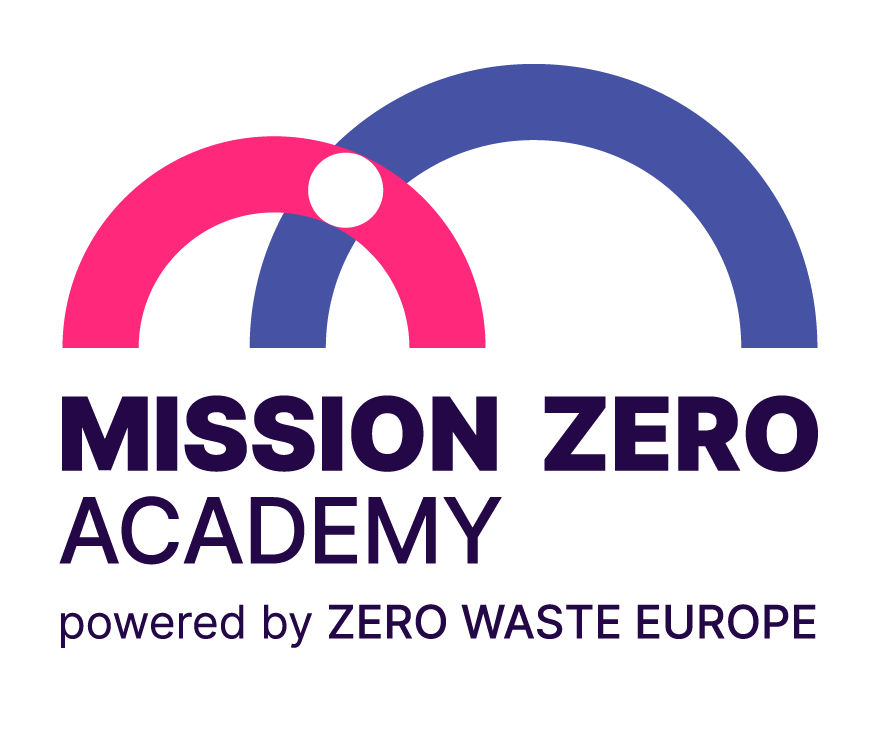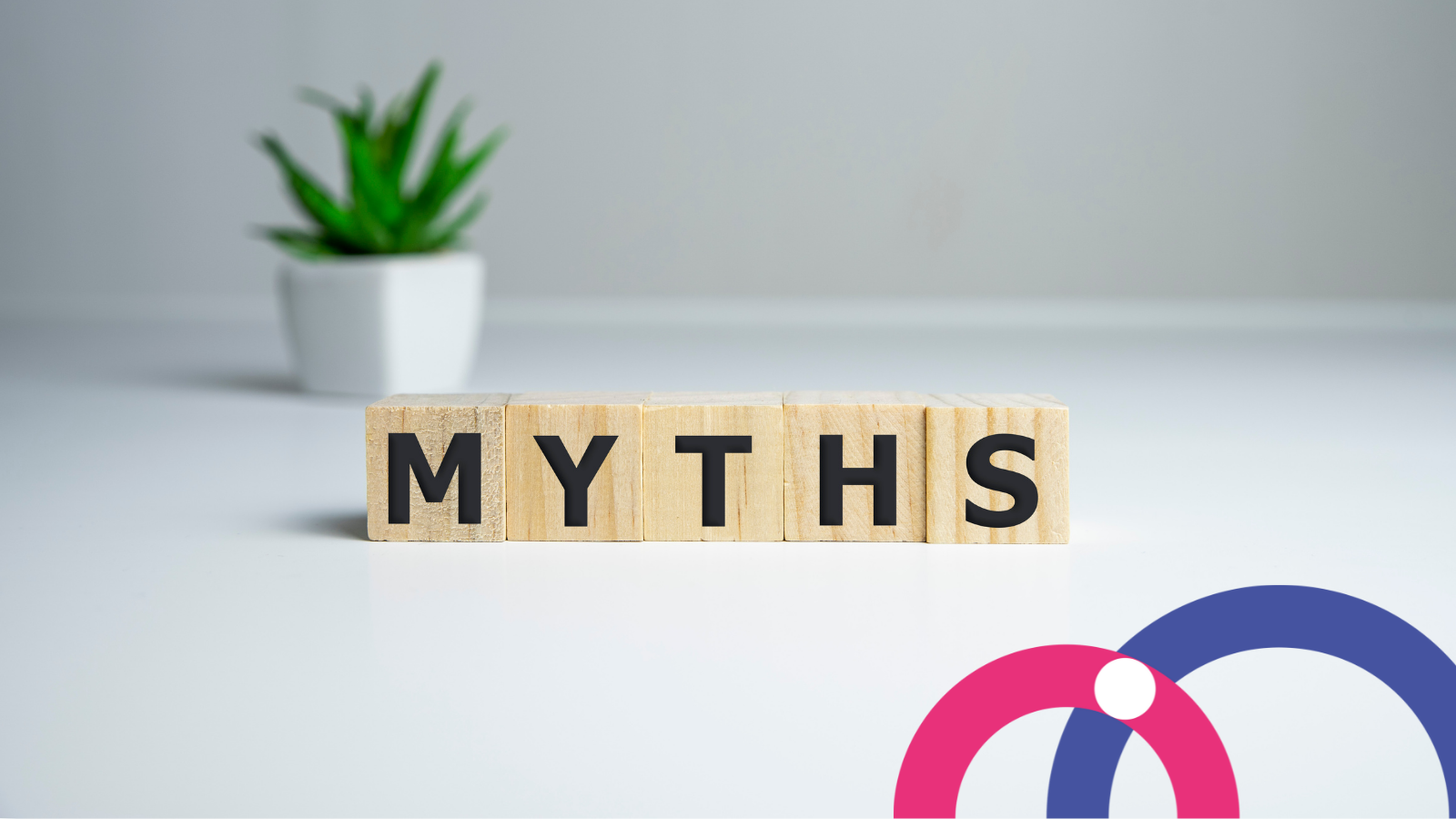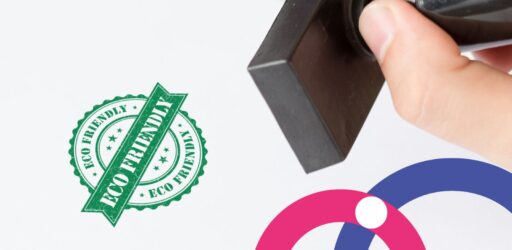As is often the case with innovation and change, progress can be slow, simply because we do not fully understand the topic. Complex issues, the size of the challenges we face and negative myths can all prevent action. Such dismissals are widespread within zero waste because, on the surface, it can feel like a daunting task. How can any person, never mind a whole population, become circular?
Why it’s not impossible to adopt zero waste as a municipality or city
Here we explore those questions to help you and your municipality challenge and overcome the misunderstandings about adopting a zero waste approach.
- “We are already (working on) zero waste”
It’s not uncommon for businesses and cities to claim they are zero waste, or already taking steps to become zero waste. Unfortunately, even though many institutions and municipalities address some waste-related issues, these efforts often fall far short.
Substituting one material for another, like plastic for paper, is frequently described as a zero waste policy. In reality, it’s merely shifting the burden of overconsumption to another part of our ecosystem. Zero waste instead requires a community-wide approach, from analysing waste streams to preventing waste in the first place.
- “Zero waste is unrealistic, unattainable and unachievable”
Zero waste is often portrayed as an unrealistic vision or goal, mistaking it for the notion that humans should not generate any waste. Rather, zero waste is about redesigning our behaviours and actions so that we focus on resources and not waste, taking the toxins and inefficiencies associated with it out of the system.
The zero waste movement is based upon the journey towards becoming zero, one that is increasingly being adopted by both urban and rural communities around the world. As well as reducing pollution and fighting climate change, zero waste provides communities with a tangible way to foster local entrepreneurship and jobs.
- “Separating waste for collection is too complicated”
Separate kerbside waste collection is crucial for municipalities seeking to achieve zero waste. At a minimum, organics, recyclables, reusable products, and residual waste should be separated. It’s been shown in Europe that implementing effective separate collection systems for municipal waste can lead to at least 80% recycling rates.
The key to success is providing citizens with clear and concise information to encourage separation. A leading example is the city of Milan, where citizens are well-informed, and evidence shows significant increases in the rate and quality of recycled materials.
- “Businesses can’t be persuaded”
Zero waste requires the involvement of the community, but its businesses and industries which must lead the way, as they are the ones putting non-recyclable, toxic-filled items onto the market. In order to design business models that are not wasteful, there needs to be a rethink of the current system.
Some examples in our everyday lives that showcase circular solutions in practice include:
- Restaurants partnering with the local community to reduce food waste by sharing leftovers with those in need
- Hotels using reusable containers in place of single-use plastic
- Construction companies sharing materials for reuse and repair
Rethinking or redesigning business models can sound scary. The good news is, we’re seeing more and more businesses taking the lead at the local level, recognising the benefits reuse offers. They show that it’s not complicated or even expensive to take steps towards zero waste and meet consumer demand.
- “No one will pay for a deposit”
Deposit Return Systems (DRS) are based on a consumer buying a product and paying a small deposit that is refunded upon returning the packaging or product to a collection point, such as a bottle. Extending these systems to other products is entirely possible, such as takeaway food containers, coffee cups, and even e-commerce waste.
This economic incentive is already implemented in more than 40 regions worldwide for beverage containers, with excellent results, including Norway. Plus, perhaps one of the strongest arguments, public support rates for DRS systems are currently above 80%.
- “Zero landfill is zero waste”
One of the most common myths about zero waste is that we should avoid landfilling above all. What happens then is, in order to meet landfilling objectives, municipalities instead turn to incineration. But burning waste does little more than change the form of waste, such as toxic ash or air and water pollution, which is more difficult to contain and typically more toxic.
As a result, we create more greenhouse gases and burden communities and citizens, often from low-income backgrounds, with harmful toxins and undermining opportunities for local growth. It’s therefore essential to incorporate effective recycling and separate collection policies along with landfill reduction goals to prevent waste in the first place. Stabilised waste sent to landfill should be seen as the best worst option, prioritised over incineration.
- “Waste-to-energy incineration is carbon neutral and sustainable”
A new generation of incinerators are emerging around the world that claims to safely, cost-effectively, and sustainably turn any type of waste into electricity and fuel. However, whatever sounds too good to be true, usually is. Recent studies show that modern incinerators emit more extensive levels of carbon dioxide per unit of electricity they make, and they are also the most expensive way to produce electricity.
Additionally, “waste-to-energy” incinerators often seek climate or renewable energy subsidies and are often included in countries’ climate change mitigation plans. Fortunately, there is a growing realization that waste-to-energy incineration isn’t compatible with a circular economy and decarbonization, and the EU is restricting countries from subsidizing it as “green energy”.
- “Implementing a zero waste programme is too expensive”
Once zero waste is adopted locally, increased recycling rates and more products being reused or repaired rather than disposed of will actually result in less waste to manage for a municipality.
This will, in turn, reduce the environmental impact and lead to a reduction in spending on waste collection, freeing up more money that can either be used to reduce fees/taxes on citizens or public services within the local community. Win-win.
- “My municipality does not have the competencies to push for zero waste”
Zero waste involves taking action throughout the whole production and consumption chain. The good news is that even if your city lacks expertise in waste management, you can still make a difference.
In France, the city of Roubaix is not responsible for waste collection and treatment, but they still implemented a zero waste family challenge where citizens were rewarded for reducing the waste they produced, which resulted in significant results as well as increased awareness. There are also ways to regulate and encourage clean public spaces, like banning single-use plastic or installing water fountains.
- “Waste generation is not linked to climate change”
Zero waste is a key part of the circular economy, by reusing materials instead of extracting new resources for production. In the context of climate change, this is particularly relevant. Cutting down on waste results in less need for oil to make plastic for example, as well as the vast amount of land and energy that’s needed in the extraction, manufacturing, refining and transportation processes of every product.
Research from Eurostat shows that less waste reduces both GHG emissions and protects and restores biodiversity. The less waste you have, the less you rely on waste treatment operations, such as landfilling or incineration, which emit tons of greenhouse gases. Specific waste prevention strategies, such as reducing food waste and creating a sustainable food system, also have a high impact on reducing GHG emissions.
Learn how to become a zero waste city
Municipalities and waste management officials who don’t know how to start a zero waste program, or have specific questions, we at Mission Zero Academy (MiZA), powered by Zero Waste Europe and its members provide helpful information, resources, and local expertise to help guide you along the way.
Consider becoming zero waste certified through MiZA. This independent, third party assessed certification standard has been designed to:
- help municipalities to comply (and go beyond) with EU and national regulations;
- promote the implementation of efficient systems which save natural and economic resources, as well as
- reinforce the positive image of the municipality, which will gain worldwide recognition and credibility. This in turn results in job creation, funding opportunities, economic incentives, and prestigious event hosting attraction.
Through its online training platform and the support of a network of local zero waste experts, MiZA offers a supportive package to help you in your zero waste and circular economy implementation at the municipal level.
This article is based upon Zero Waste Europe’s guide, ‘Creating a methodology for zero waste municipalities.’





